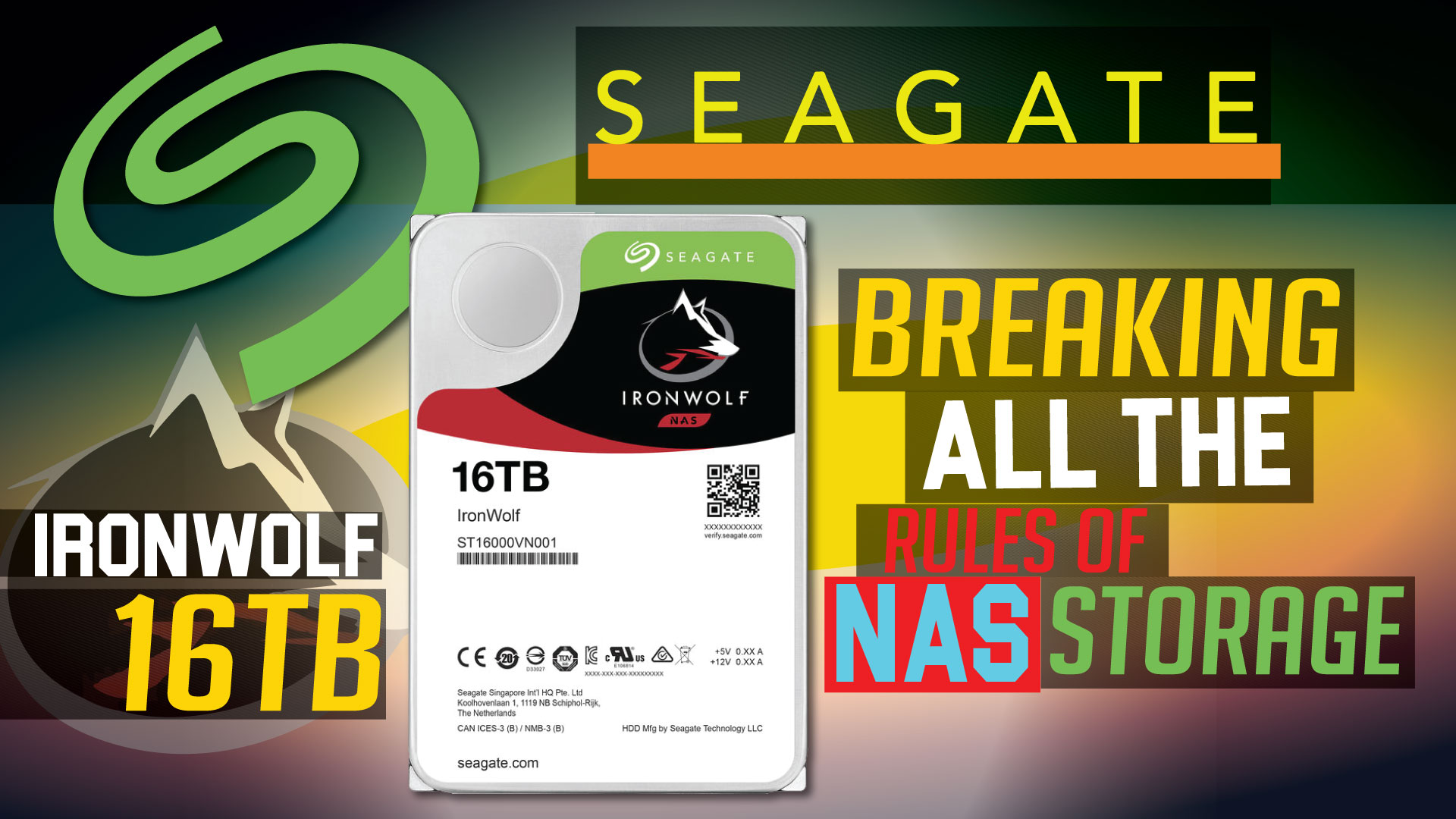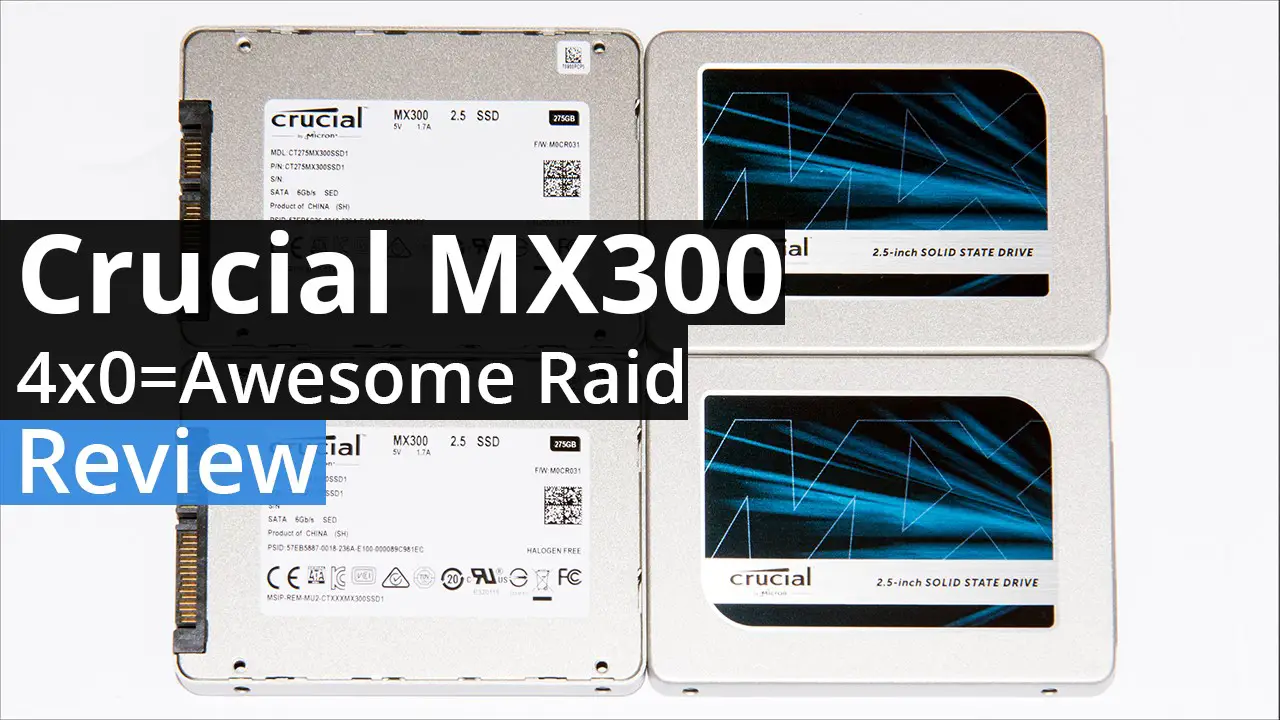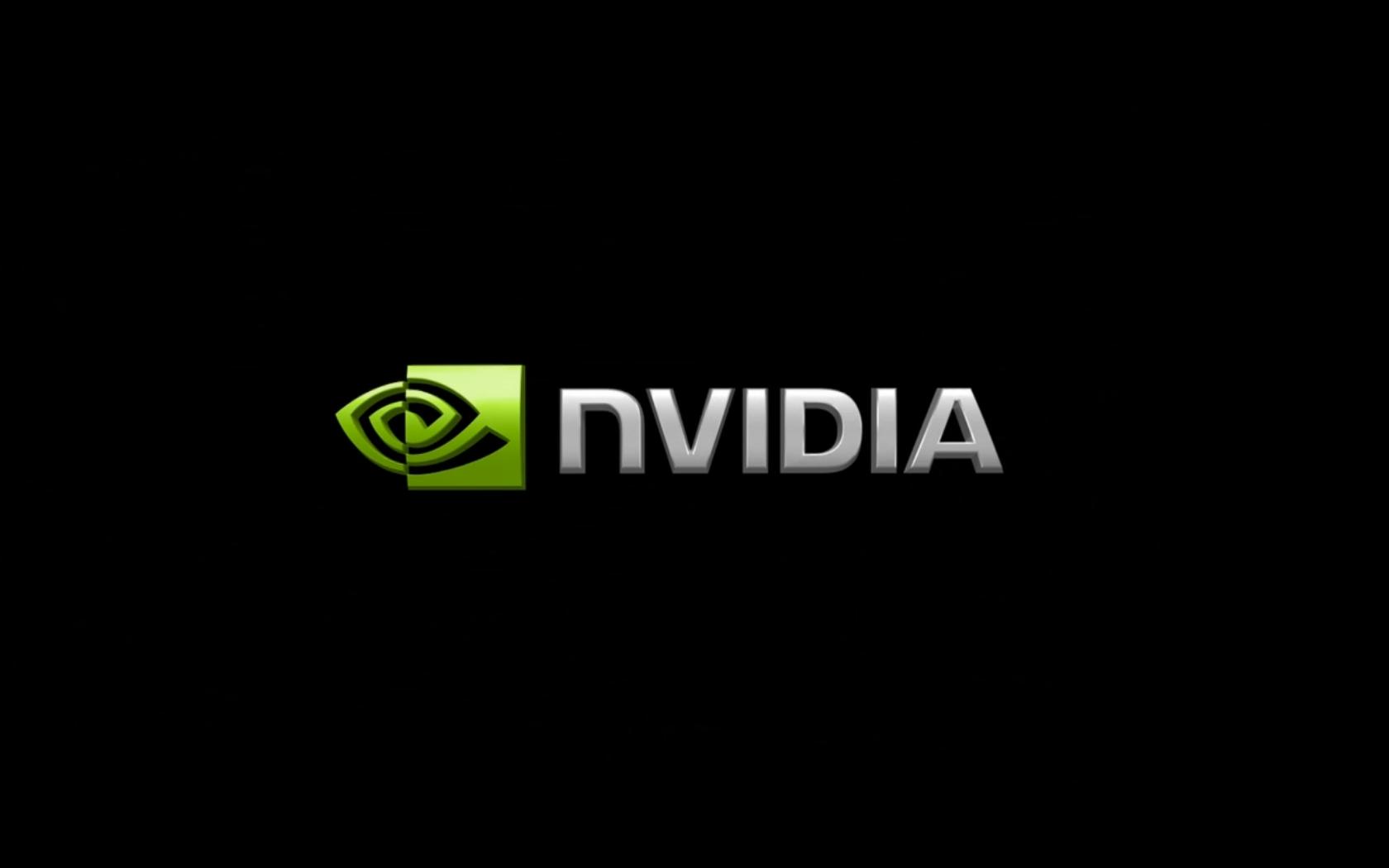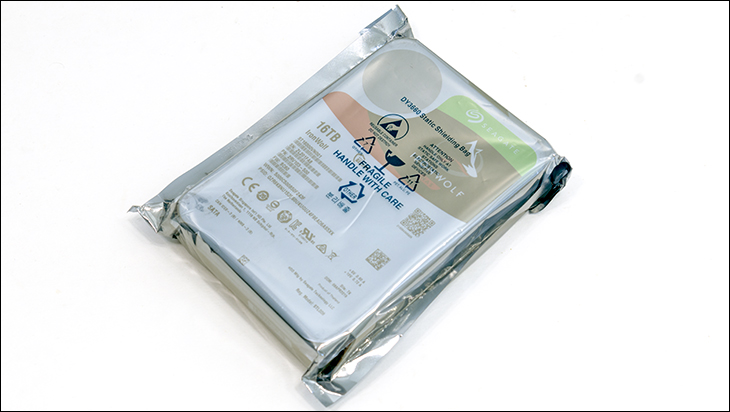
As our sample is not the retail version, we cannot comment on the shipping container that the IronWolf will come in. Based on past experience however, Seagate does usually combine a slick shipping container with plenty of information that goes over what a specific model is intended to offer. As such it should be easy to figure out if the standard ‘Wolf is right for your needs or not.
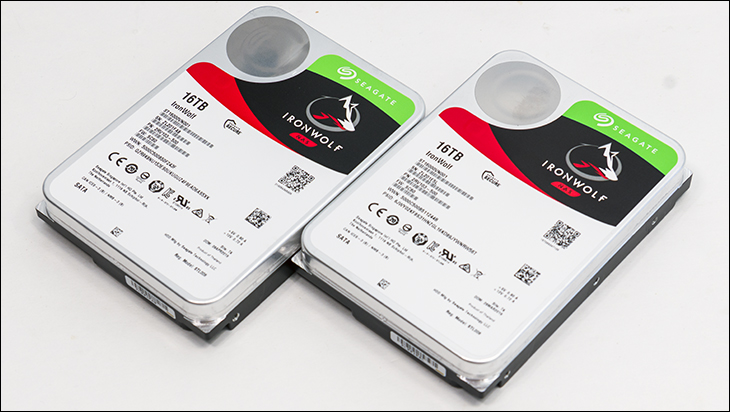
As expected, the exterior chassis of this new series is robust and thick to say the least. After all, Seagate did have to find a way to fit nine ~1.8TB platters into an area that originally maxed out at about 6 platters. Of course, replacing ‘Air’ with Helium had a lot to do with this increased density but this really is pushing the boundaries of what was once thought possible. Seagate however once again proves that the ‘common wisdom’ of the crowd is not always a hard and fast rule. Instead history is just a general guideline… or maybe even just a challenge for the mad scientists they have working in their engineering department.
For those who have not kept up to date on advancements in Helium and PMR technology, how they were able to stack the platters so close together really does boil down to using a less dense medium for said platters to spin in. To be precise this reduced medium creates less ‘suction’ or ‘drag’ on the spinning platters and significantly reduces the chances of a platter bending down and slamming into a platter below it. Basically, as the platters spin they create eddies in the ‘air’ around, over, and under them. These higher and lower pressure zones are a bad thing as they interact and this interaction can cause the platters to bend. With Helium the differences in pressure is not great enough to bend the platters all that much. This is why Seagate can stack them closer together and yet be assured that they will not ‘touch’ each other under normal operating conditions (which when it happens usually shatters the platters and kills the hard drive in a rather catastrophic – and memorable – manner).
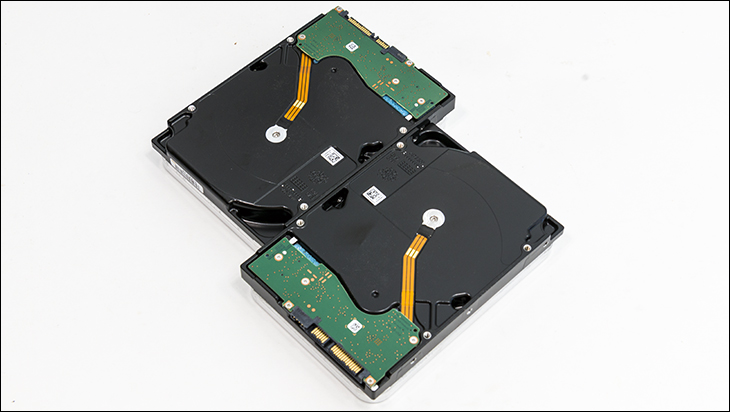
In all likelihood Seagate is also using a variation on ‘spoilers’ to further reduce the safe distance between platters (and further break up/reduce the eddies in the Helium medium)… but are being mum on precisely how they increased the platter density a full 12.5 percent to get another platter in the same amount of space without them hitting each other. Obviously, Seagate feels fully confident in nine spinning platter design as certain models (e.g. EXOS 16TB) come with five-year warranties instead of three like this standard IronWolf model and all models come with free Data Recovery services for the first two years, and can be cheaply upgrade to cover the full warranty period. Needless to say, worries over this increase in platter density is almost moot to say the least.
Before we move on, there is one thing worth noting. These platters are basically the same density as the last generation – 1.8TB’ish per platter. This is because this is right at the ragged edge of what is possible using existing Parallel Magnetic Recording+ technology. Even with ‘TDMR’ (or Two-Dimensional Magnetic Recording) technology it is going to take a density breakthrough to get PMR above this seemingly hard limitation. Of course, knowing Seagate and what they just did… it would not surprise us if they do blow past it in time for the next generation release.
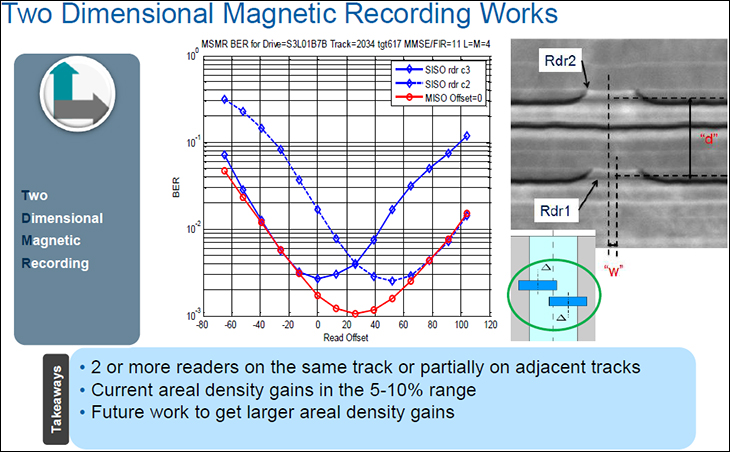
The upside to PMR+ with TDMR technology is multi-fold. Firstly, by using multiple read heads per reader uncorrectable read error rates are held in check (remember the bit size at this density level are tiny… so tiny classical PMR r/w head configurations would not work without constantly throwing errors). This is because instead of one read head there are two per side of the platter (for a total of 36 in the 16TB IronWolf model). More importantly the two heads are slightly offset with one read head over the central track being read and partially over the track ‘above’ it, and the second read head offset so it is mainly on the central track and the one ‘below’ it. This allows for a more sensitive read on a given bit, easily allows for eliminating the interference from the bits surrounding the actual bit being read, and generally improves the signal to noise ratio. It also gives the drive controller two chances of reading the bit properly for a single pass. Now two read heads per reader is not a hard and fast limit… and will probably be how Seagate breaks this 1.8TB barrier in the future. For example, there could ‘easily’ be four – giving four chances to read a bit properly.

The second benefit is performance. Instead of the r/w head being directly connected to the main controller (and raw data being piped from one end of the bus to the other). With PMR+ each TDMR head has its own controller connected to it. This ‘man in the middle’ controller is called a ‘detector’ and its job is to take the raw data streams from each read head, filter out noise, decide what is a 1 or 0, and then pass this already worked over data upstream to the main controller. This may sound like as slower proposition but it allows the main controller to free up a lot of cycles for I/O commands. Which in turn boosts overall performance… even if it does require a lot more components and increases build difficulty.
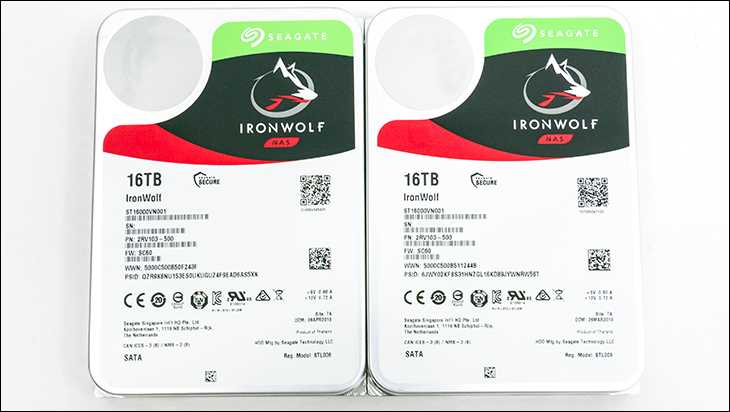
Backstopping all these low-level technological improvements is a much more robust physical design compared to typical ‘entry level’ line. Things like anchoring the spindle on both ends (dual plane balancing) are included for free on this ‘entry’ level NAS storage line. Also included are some vibration sensors on the PCB itself, not as many as higher end models… but some. These basically are simple little devices that sense vibrations and then allow the main controller to compensate for them during r/w operations. In smaller NAS appliances, and PC cases for that matter, the amount of vibrations caused from working hard drives being stacked close together is moderate at worst, but by including some sensors, and reducing vibration levels via hardware design, the end result is the same: lowered chances of early death from vibrations.
Seeing such features on entry level model is impressive to say the least. So much so, that even though the standard IronWolf series is only warrantied for 1 to 8 bay configurations… this is being incredibly conservative. In a pinch you could probably go above this, but be warned you will be nuking your warranty if you do so. In either case all these increased durability features are why the standard IronWolf series is rated for 24/7/365 usage. This really is right at the edge of what used to be considered ‘Enterprise grade’… aka ‘first born child asking price’ grade.

Also not precisely expected, but nice to see, is Seagate has not cut corners on the controller or cache technology that is meant to harness all these features. To be precise Seagate has once again tapped Avago to once again build the multi-core controller. By being multi-core based, this controller has the luxury of really making full use of Seagate’s MTC algorithms and plays a large role in how MTC is able to guess right so often on your future IO requests. Remember predictive math takes processors cycles and MTC algorithm predictive math takes a ton more than average. So by increasing the core count the controller is actually able to keep up with all the branch predictions, implement the internal I/O requests to its buffer and handle all the IO requests the system (and you the user) typically make… and do it all in real time.
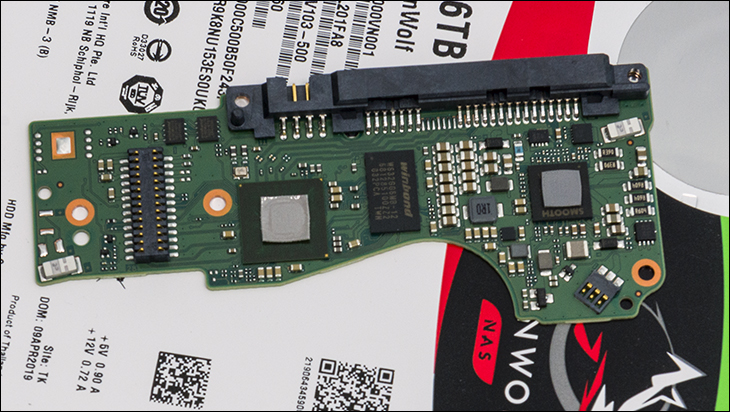
Taken as a whole, the new IronWolf 16TB capacity option is “not your daddies’ budget NAS drive”. Instead it is built to an incredibly high standard, a standard that is going to worry Western Digital who typically charges a lot more than what Seagate is now asking for the exact same features. So much so you can basically consider the Seagate IronWolf standard edition to be somewhere between a WD Red Pro and WD Gold in its abilities… just without either’s MSRP. Now that is how you put the competition on notice that the ‘same old, same old’ is no longer ‘good enough’.
